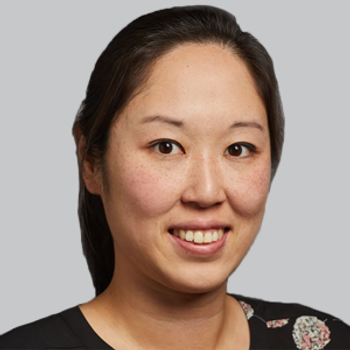
Differences in Approaches to Pediatric and Adult Sleep Disorders: Jodi A. Mindell, PhD
The associate director of the Sleep Center at Children’s Hospital of Philadelphia detailed the similarities and differences in how sleep disorders are viewed between children and adults. [WATCH TIME: 4 minutes]
WATCH TIME: 4 minutes
"I think the one area that is the most different in how we treat children and adults is related to insomnia. Insomnia in adults, we do a lot of stimulus control, and we typically will do a lot of sleep restriction."
Sleep is critical for everyone, but especially for children. Research has shown that poor sleep quality and quantity are intricately linked to physical and emotional health regardless of age. For children, sleep disorders can lead to academic struggles, behavior and developmental issues, problems socializing, abnormal and unhealthy weight, and several other conditions. Some of these disorders can linger into adulthood and may be associated with anxiety, depression, fatigue, and poor performance at work.
Many sleep disorders such as sleep apnea, insomnia, sleep-related movement disorders, narcolepsy and hypersomnia, circadian rhythm disorders, and parasomnia disorders, are often present in both age groups. Although there may not be a major difference in how they are treated, the key in assessing these patients is understanding their contributing factors, says
Mindell, the associate director of the Sleep Center at Children’s Hospital of Philadelphia, sat down with NeurologyLive® to discuss the how these disorders are managed based on age, and why the outside environment plays a major role in treatment decisions.
Newsletter
Keep your finger on the pulse of neurology—subscribe to NeurologyLive for expert interviews, new data, and breakthrough treatment updates.




















